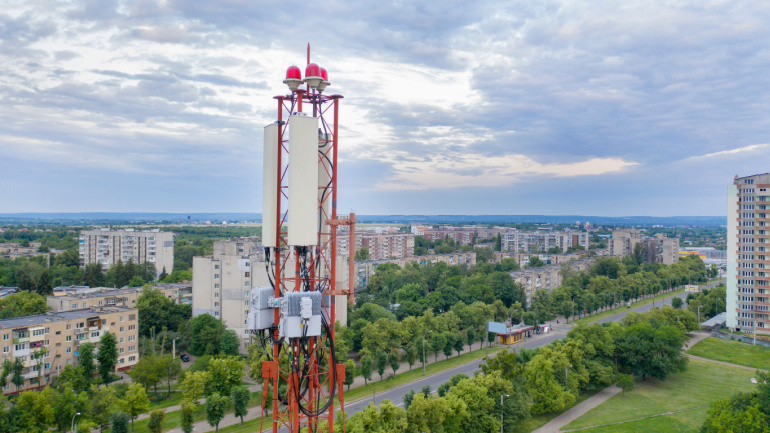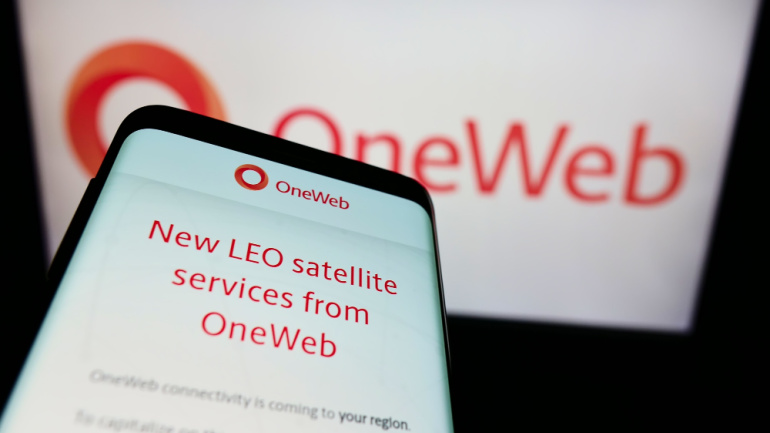Outpacing the global auto industry, Zeekr, a subsidiary of Geely, has launched a groundbreaking 5G-enabled factory in Ningbo, China. Developed alongside China Unicom Zhejiang, this advanced facility leverages 5G for superior data processing, revolutionizing car manufacturing customizability. However, obstacles such as infrastructure robustness and data security come with the territory of employing 5G in production processes. Nonetheless, the potential of this intelligent blend of automotive and digital tech seems irresistible, prompting worldwide industry attention towards Zeekr’s trendsetting venture.
UK operator EE boosts mobile connectivity for summer events with 125 temporary 4G and 5G masts, enhancing download speeds and coverage for attendees. As live events flourish, the challenge for operators is monetizing these network improvements.
VEON commits $600 million investment via Kyivstar for Ukraine’s recovery, focusing on infrastructure, 4G expansion, cybersecurity, and community support, fostering accelerated digitalization and rebuilding efforts.
EXA Infrastructure acquires Univerzalne Telekomunikacije, expanding its network routes and enhancing European connectivity, with focus on the underinvested Balkan region. Unitel’s reliable fiber network and strategic location complement EXA’s Trans Adriatic Express route, showcasing growth plans in pan-European and transatlantic connectivity.
OneWeb partners with Speedcast and F. Laeisz to launch a maritime connectivity service, providing hybrid satellite solutions to improve connectivity in remote polar regions, advancing the benefits of multi-path, multi-orbit technologies.
Discover how Digital Realty’s sponsorship of Submarine Networks EMEA showcases their dedication to the subsea community, facilitating discussions on vital industry challenges. Their carrier-neutral data centers and Cable Landing Stations play a crucial role in future telecommunications developments.
Rising Ransomware Costs Versus Cybersecurity Countermeasures Industry reports indicate that hackers are thriving despite advancements in cyber defense. The median cost of ransomware attacks has doubled to $26,000 over the past two years, with 95% of incidents resulting in financial loss ranging from $1 to $2.25 million. Social engineering and phishing remain highly effective tactics due to the human element. Senior leadership is increasingly becoming a cybersecurity threat. Governments and law enforcement agencies are taking more decisive actions against high-profile attacks, but these measures mainly deter hackers from targeting less coordinated markets. IoT devices used in DDoS attacks have risen to 1 million, accounting for 40% of global DDoS traffic, necessitating stronger network security and awareness. Despite improved measures, hackers are expected to continue succeeding. Read the full article Viasat Selected for AFRL’s ARBALEST Program: Enhancing Tactical Space Connectivity Viasat Inc., a global communications company, has been chosen by the…
CSPs and hyperscalers collaborate to develop innovative end-to-end solutions for diverse connectivity options, such as Mobile Private Networks and 5G Network Slicing. Cloud-native approaches, cross-domain OSS automation, and evolving RAN and Transport domains contribute to optimizing their partnership, unlocking new revenue prospects, and expanding market opportunities.
UK government invests £7 million in bridging rural connectivity gaps, trialing satellite, fixed wireless access, and fixed-line broadband solutions. Aimed at supporting agriculture and rural tourism, this investment addresses ongoing disparities in broadband speed and availability between urban and rural areas.
Spark reveals plans to trial satellite-to-mobile services, offering additional coverage and network resilience. Working with satellite provider Lynk, the initial trial focuses on text messaging before expanding to voice and data services, assessing the technology’s potential impact on telecommunications.













